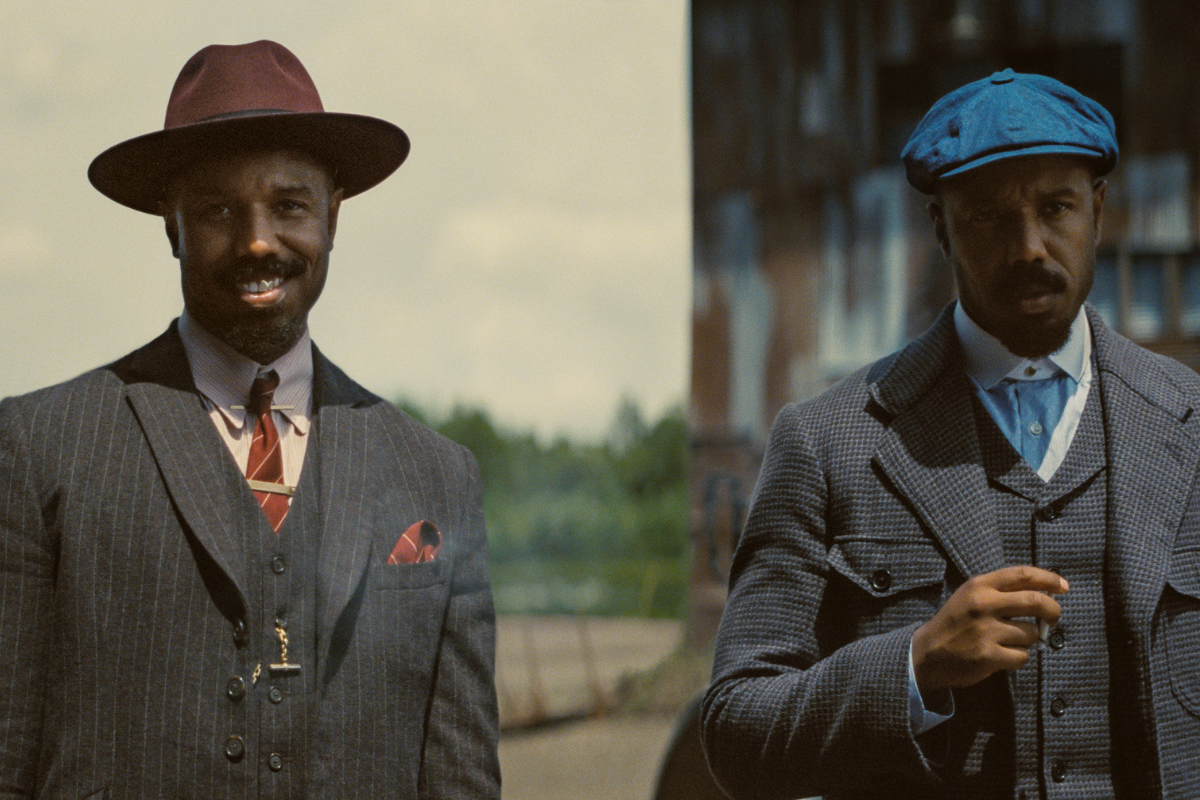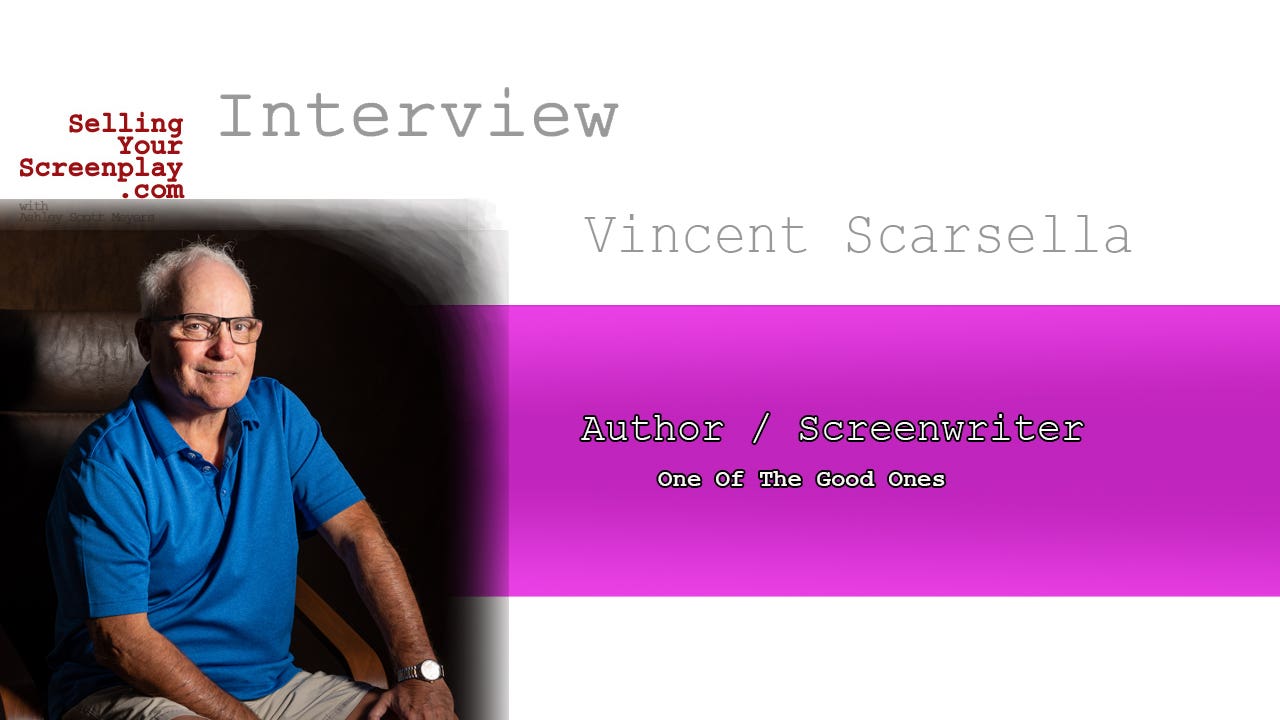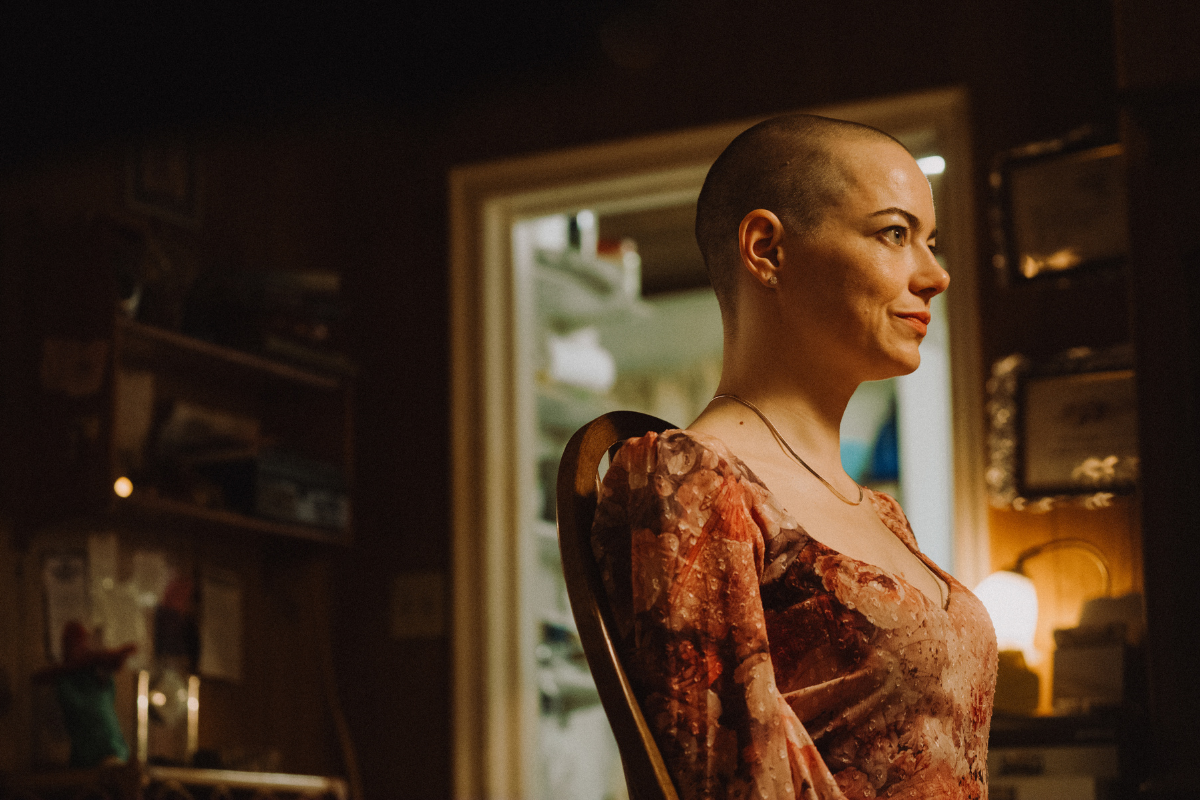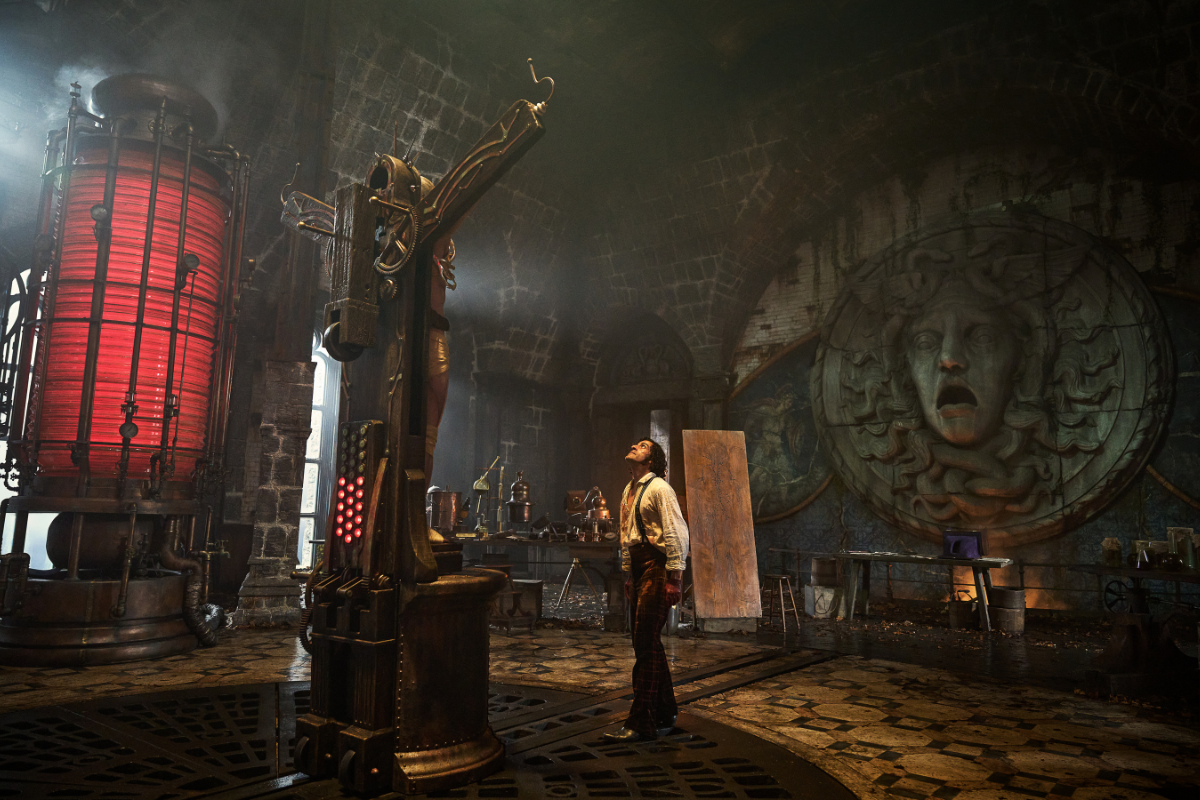Video Games and Screenwriting: What Can Video Game Design Teach US About Screenwriting?
Michael Lee answers the question what can screenwriters learn from video games and video game design? Are the industries really too different from one another?
Michael Lee is a writer, script consultant, script reader and judge. He's worked as a creative executive for a few production companies and as reader and judge for some of the most prestigious screenwriting contests in the country including PAGE and Final Draft Big Break. He's recently optioned his latest project: a science-fiction comedy entitled How to Conquer the Earth. Follow Michael on Facebook and Twitter: @GoldenAgeofGeek.
As I write this, the movie Hardcore Henry, a film with heavy video game influences, is just arriving in theaters. It’s the latest attempt to merge the world of video games and that of movies. Regardless of Hardcore Henry’s success or failure, it won’t be the last time someone tries to take aspects of the game world and tries to apply them to Hollywood. And that can be a good thing. It can be very rewarding to study other industries, especially when that industry has the same end goal; entertaining the audience.
The video game world has become as gigantic as that of film and television. Major releases often have budgets that equal a summer blockbuster. The two industries are not strangers to each other. Hit movies almost always have a video game tie in and Hollywood continues to try and turn bestselling video games into hit franchises. The results so far haven’t been optimal and it has led many to conclude that the two businesses are just too fundamentally different; one involves active participation while the other is a more passive form of entertainment.
But is there nothing we can learn from each other?
Extra Credits is a fantastic Youtube channel about all things video game related. They talk about all aspects of the industry and have dozens of videos aimed at game designers. These videos make the process of design a lot easier to comprehend. And viewing them through the eyes of s screenwriting yields some valuable insights. There are several videos on the Extra Credits channel that are worth a look, but this article will focus on one in particular about where to to begin when designing a game. There are several ways to approach game design the same way there are several ways to approach writing a screenplay. The guys over at Extra Credits prefer to start by building a stripped down prototype they call a Minimum Viable Product.
At first glance it doesn’t appear as if a screenwriter can learn much from this process. A Minimum Viable Product is there to test the underlying game mechanics. All the graphics, text and other bells and whistles that will create a game’s story are missing. Game mechanics can be a hard topic for screenwriters and filmmakers to get a handle on because they don’t have a strict one to one analogy in film or television. But you have to look deeper. Game mechanics affect so many aspects of aesthetics, story, characters, even concept. As a result, a Minimum Viable Product or prototype does more to help designers create the world and story of the game than most people realize.
In screenwriting terms you can look at building a Minimum Viable Product a little bit like starting the outline of your screenplay in the middle. This is because games, except for small indie productions, usually last way longer than the most sprawling of epic movies. A game lasting just four hours can expect to receive some unhappy rants. So players will naturally end up spending a lot of time in the middle and designers should focus their attention on that area. That in and of itself is an interesting approach for scripts. Quite often screenwriting books and articles tend to focus on either the openings or endings of a story. The middle isn’t ignored but very seldom is it supposed to be the starting spot for our screenplays. And in recent years we’ve seen a number of films who have a very real problem with their middles. This is especially true of the horror genre. I’ve personally seen a number of films with some very strong endings but which had big blank space in the middle.
So how do we start in the middle? How do we create a Minimum Viable Product for our stories?
Remember it’s about being very simple. It’s not about putting in “side quests” or “health regeneration.” In a Minimum Viable Product, what you have is action distilled to an almost pure form. It may just be a few blocks moving around a blank screen. But you have to move those blocks in a certain way to advance. There’s also some choice involved otherwise you’d just hold down one button the whole time. So there is action with choice which leads to some variety. The important takeaway from the Minimum Viable Product approach is that the project be centered around some form of action and not just any action, but one that the audience finds engaging. Where games use player interaction movies have to use other techniques, usually by focusing on sympathetic characters. So a writer might adapt the Minimum Viable Product approach like so: start by creating character A, who performs action B in order to reach goal C. He runs into obstacle D and has to make adjustment E.
How do you build a story based on that? This is where video game designers rely on the interactivity of their medium. Performing certain actions, even if it’s just with simple geometric shapes produces an emotion in the player. As the Extra Credits people make clear in other videos, it’s this emotion that they focus on when fleshing out the rest of the product. This is why Minimum Viable Products work according to them. It helps to pinpoint the emotion, the “feel” of a game. And from there they can tailor graphics, aesthetics, characters and story to fit that overall emotion. Super Mario Brothers is a great example. Its game mechanics are built around running and jumping and its aesthetic is like a kid’s playground come to life.
For film and TV writers, it’s not as straightforward but the Minimum Viable Product model still provides us plenty of material to work with. It starts with a character performing an action. Since film is a visual medium that can be a very important starting point. As we’ve often been told character IS action. Too often we hear complaints about movies where protagonist acts out of character. If we start with an action the writer can “reverse engineer” the main character by asking some basic questions. What kind of character can perform that action? Or better yet, what kind of character would normally expect to see performing that action? Is that what we go with or do we go with a more unexpected choice? If we go with an unexpected choice, will we have to explain to the audience how he or she obtained the necessary skills? Will the script require an “origin story” somewhere along the way? Or can we start with the main character already more or less fully formed as in Ghostbusters or Guardians of the Galaxy? That can lead us backwards to the beginning of the story.
The Minimum Viable Product model also gives our character a goal. It may just be a short term one like “don’t die” but we do have obstacles. What are the nature of those obstacles? What do they tell us about the hero’s ultimate goal? Does the hero achieve that goal? How does that come about? For some people this approach could have real benefits. Syd Field in his books often talks about how new scripts often stop around fifty or sixty pages; right around the middle of the story. If you start in the middle and work your way back to the beginning and forwards to the end at the very least you won’t run into that problem.
It may take a lot of work to go from a rough idea of the middle to a complete story. But it can take even longer to turn a prototype composed of basic shapes into a Triple A game release. If nothing else the Minimum Viable Product method is important because it stresses that big things can have very small beginnings. And in an industry that is obsessed with shrinking films down to loglines, movie posters and thirty second trailers, that might be a very valuable lesson to learn.
- More articles by Michael Lee
- The Craft: Wandering in the Desert of Act Two
- Balls of Steel: Debate and Tips for Outlining a Script
Learn how the writer of the “Bourne” movies, “Michael Clayton”
and many other Hollywood hits gabs his readers by the throat in our webinar
The First 10 Pages: Learning from Master Storyteller Tony Gilroy
Michael Lee is a writer, script consultant, script reader and judge. He’s worked as a creative executive for a few production companies and as reader and judge for some of the most prestigious screenwriting contests in the country including PAGE and Final Draft Big Break. The last five years his life has consisted of reading lots and lots of screenplays. He’s recently optioned his latest project: a science-fiction comedy entitled How to Conquer the Earth. Follow Michael on Facebook and Twitter: @GoldenAgeofGeek.







